Description
What is a 433MHz 100W Power AMP Lora Amplifier?
The 100W Power AMP RF power amp CTRF-ANTENNA-AMP-PA-0433-100W is a UHF Amplifier with a 433MHz frequency band, a 100W RF Power Amplifier, suitable for a variety of linear and non-linear modulation schemes, such as TV transmitters, digital radio, radio remote control, FSK, and GFSK communication, walkie-talkies, and other systems.
Besides the 433 MHz Lora amplifier, C&T RF Antennas Inc also provides the 169 MHz Lora amplifier, 868 MHz Lora amplifier, 915 MHz Lora amplifier, or other frequencies power amplifiers that can be customized.
433MHz 100W Power AMP UHF Amplifier Lora Amplifier is supplied by C&T RF Antennas Inc, we provide RF products with RF antennas, Antenna Accessories, Amplifiers, And Repeaters.
C&T RF Antennas Inc provides internal & external antennas with antenna radio frequencies such as NFC, 169MHz, 230MHz, 315MHz, 433MHz, 868MHz, 915MHz, VHF&UHF, Lora, NB-IoT, ADS-B, GSM, GNSS, GPRS, 1.2 GHz, 1.4 GHz, 1.8 GHz, Wi-Fi 2.4 GHz, 5.8 GHz, Cellular 2G, 3G, 3.5 GHz, 4G LTE, GPS, 5G NR, 6G, etc.
C&T RF Antennas Inc. provides RF antennae with Omni & Directional antenna types such as Dipole Antennas, Whip Antennas, Marine Antennas, Router Antennas, MIMO Antennas, Combo Antennas, PCB Antennas, FPC Antennas, Spring Antennas, Magnetic Antennas, Sector Antennas, Yagi Antennas, and Accessories, etc, for IoT & M2M industries.
We Offer 433MHz 100W Power AMP Pricing, & Datasheets For RF Amplifiers.
UHF Amplifier 433MHz 100W Power AMP Lora Amplifier Technical Specifications:
| Model | CTRF-ANTENNA-AMP-PA-0433-100W |
| Frequency(MHz) | 400-480 |
| Input Power | ≤20dBm |
| Output Power(W) | 50±1(100W ) |
| ALC Range(dB) | ≥25 |
| In-Band ripple(dB) | ≤3 |
| Gain(dB) | 50 or Customized |
| Gain Adjustment Range(dB) | >31/1dB step or Customized |
| Gain Adjustment Linearity(dB) | ≤±1 |
| Gain Flatness(dB) | ±0.5(Max) |
| Impedance(ohm) | 50 |
| VSWR | ≤1.4:1 |
| Voltage(V) | DC+28 |
| Power Current | ≤6.5A |
| RF Connector | SMA-50K or other Customized |
| Monitor interface | RS-485 or RS232 or other Customized |
| Monitoring communication protocols | Use the Manufacturer’s protocol or Customized |
| Working Temperature | -40~+65 degree |
| Storage Temperature | -55 to +85 degree |
| Operating Humidity | 0 to 90%, relative |
| Surface Color | Metal color conductive oxide and other colors customized |
| weight | ≤1.2KG |
| Remark | Module with output short circuit or open circuit protection |
UHF Amplifier 433MHz 100W Power AMP Lora Amplifier Monitoring Function Description:
| No. | Monitoring function | Description | |
| 1 | query | PA ALARM | When an alarm amplifier failure |
| 2 | SWR ALARM | Amplifier output reflection is too large, VSWR exceeds3:1, an alarm is generated | |
| 3 | Over-temperature alarm | Module internal temperature exceeds85 ℃ generates an alarm and turns off the amplifier until the temperature returns tobelow65 ℃,re-open the amplifier | |
| 4 | Over-output power alarm | When the output power exceeds the nominal full power2dBisan alarm | |
| 5 | Input power detection | Accuracy of± 1dB | |
| 6 | Reverse power detection | Accuracy of± 1dB | |
| 7 | Output power detection | Detecting the actual output power amplifier, Accuracy of± 1dB | |
| 8 | Temperature detection | Detection module operating temperature, detection range: -25 ~ +90 ℃, Accuracy of± 3 ℃ | |
| 10 | SWR | Detecting amplifier output port VSWR range of 1.2~ 4.0 | |
| 11 | query and set | PA attenuator Set and query | Set and query the value of ATT |
| 12 | PA switching query and set | Query and set the state open tube amplifier | |
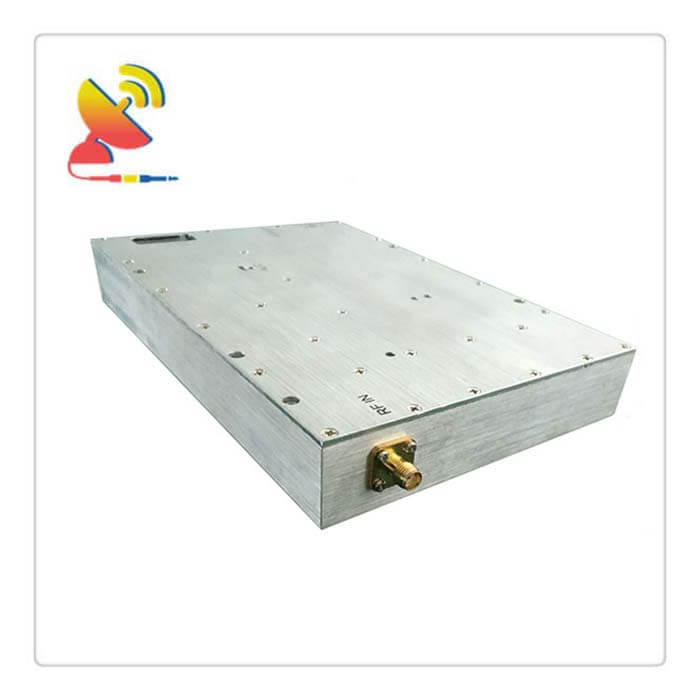
RF PA oscillation problems can be broadly categorized into two kinds:
Bias oscillations and RF oscillations.
Bias oscillations occur at low frequencies, in the MHz to VHF range, and are caused
by inappropriate and unintentional terminations at those frequencies by the bias insertion circuitry, such as the addition of a large-value decoupling capacitor.
The oscillations have little to do with the details of the RF matching circuitry, where the RF blocking and decoupling capacitors become open circuit terminations at lower frequencies.
RF oscillations, on the other hand, typically occur either in the band or commonly out of the band but are still quite close to the desired bandwidth from the low-frequency side.
Decreasing the low-frequency gain of a PA stage, which is naturally at an increased level, will assist in amplifier stability.
The unavailability of a sufficient ground plane or a ground plane that is excessively segmented can create uncontrollable instability in a PA.

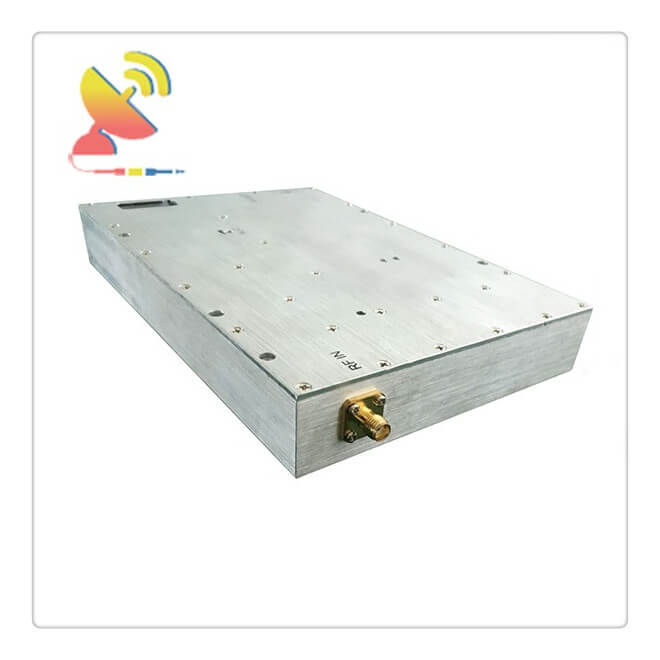
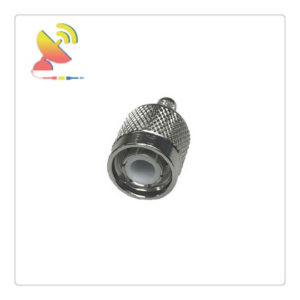
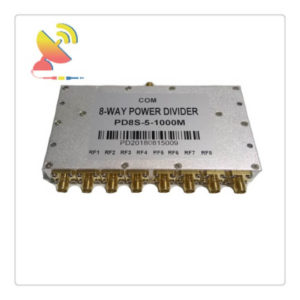
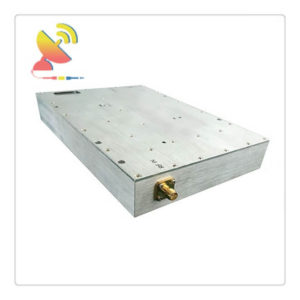

Reviews
There are no reviews yet.